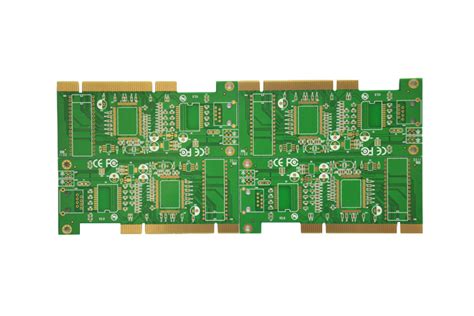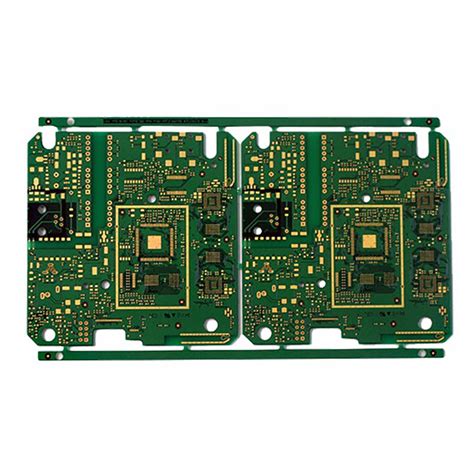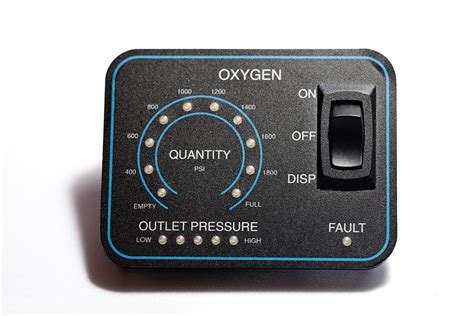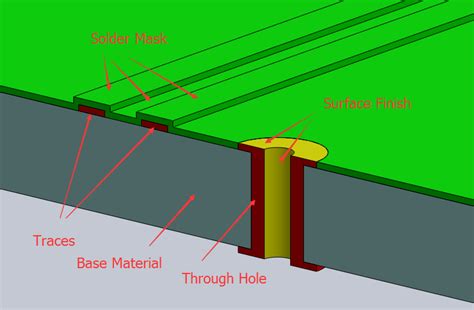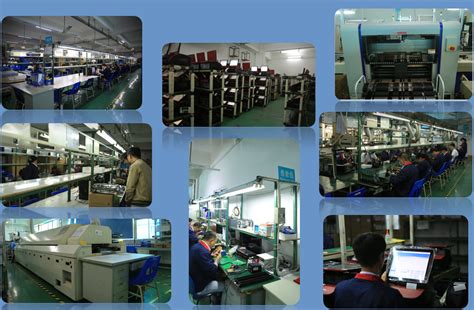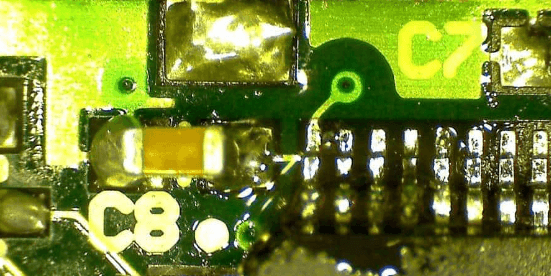Common faults and troubleshooting methods of dry film process
When using dry film for image transfer, various quality problems may occur due to defects in the dry film itself or improper operation process. The following lists the faults that may occur in the production process, analyzes the causes, and proposes troubleshooting methods.
1> The dry film is not firmly attached to the copper clad board
Cause Solution
1) The dry film is stored for too long and the solvent in the resist evaporates. Store the dry film in an environment below 27℃, and the storage time should not exceed the validity period.
2) The copper clad board is not cleaned well, with dirt such as oxide layer or oil stains or insufficient microscopic surface roughness. Reprocess the board surface as required and check whether a uniform water film is formed.
3) The ambient humidity is too low. Keep the ambient humidity at about 50%RH.
4) The film pasting temperature is too low or the transmission speed is too fast. Adjust the film pasting temperature and transmission speed. It is best to preheat the board for continuous film pasting.
2> Bubbles appear between the dry film and the copper foil surface
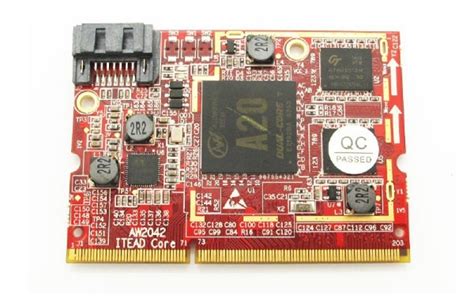
Cause Solution
1) The laminating temperature is too high, and the volatile components in the resist evaporate rapidly, remaining between the polyester film and the copper foil board, forming bubbles. Adjust the laminating temperature to the standard range.
2) The surface of the hot pressing roller is uneven with pits or scratches. Pay attention to protecting the flatness of the hot pressing roller surface, and do not use hard and sharp tools to scrape the hot pressing roller when cleaning it.
3) The pressure of the pressing roller is too small. Appropriately increase the pressure between the two pressing rollers.
4) The board surface is uneven with scratches or pits. Select the board and pay attention to the previous process to reduce the possibility of scratches and pits.
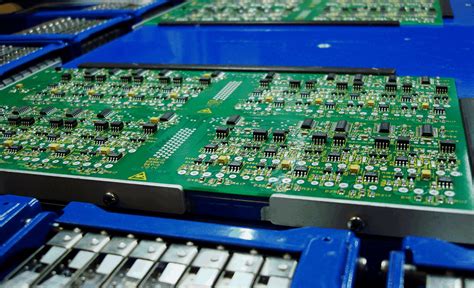
3> Dry film wrinkles
Cause Solution
1) The two hot pressing rollers are not parallel in axis, which makes the dry film unevenly pressed. Adjust the two hot pressing rollers to make them parallel in axis.
2) The dry film is too sticky. Operate skillfully and be more careful when placing the board.
3) The laminating temperature is too high. Adjust the laminating temperature to the normal range.
4) The board is too hot before film pasting. The preheating temperature of the board should not be too high.
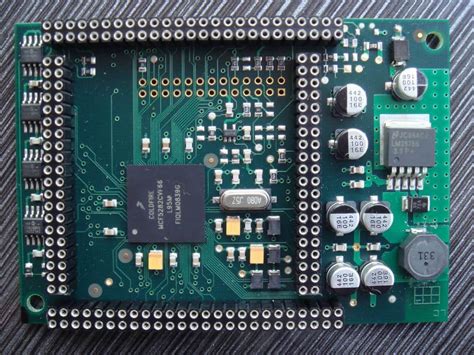
4> There is excess glue
Reason Solution
1) The quality of the dry film is poor, such as too high molecular weight or accidental thermal polymerization during the film coating process.
2) The dry film is exposed to white light, causing partial polymerization. Perform dry film operations under yellow light.
3) The exposure time is too long. Shorten the exposure time.
4) The maximum optical density of the photographic plate is not enough, causing ultraviolet light to pass through and partial polymerization. Check the photographic plate before exposure.
5) The poor contact between the photographic plate and the substrate during exposure causes virtual light. Check the vacuum system and exposure frame.
6) The developer temperature is too low, the development time is too short, the spray pressure is insufficient or some nozzles are blocked. Adjust the developer temperature and the transmission speed during development, and check the development equipment.
7) A large number of bubbles are generated in the developer, reducing the spray pressure. Patch knowledge class, using popular words to introduce professional patch knowledge. Add defoaming agent to the developer to eliminate foam.
8) The developer is ineffective. Replace the developer.
5> The dry film image is blurred after development, and the resist is dark and hairy
Reason Solution
1) Insufficient exposure. Use a densitometer to correct the amount of light or exposure time
2) The minimum light density of the photographic plate is too large, which blocks the ultraviolet light. Check the photographic plate before exposure.
5) The developer temperature is too high or the development time is too long. Adjust the developer shedding and the transmission speed during development
6> The copper plating image is not firmly bonded to the substrate or the image is defective
Reason Solution
1) Incomplete development has excess glue. Strong development and pay attention to the cleanup after 1B filming
2) There is repairing liquid or dirt on the image. Wear fine yarn gloves when repairing the plate, and be careful not to let the repairing liquid contaminate the circuit image
3) The front board surface of chemical copper plating is not clean or not roughened enough. Strengthen the cleaning and roughening of the front surface of the chemical copper plating
4) The front surface of the copper plating is not roughened enough or the cleaning is not clean after roughening. Improve the roughening and cleaning of the front surface of the copper plating
7> There is seepage plating in copper plating or tin-lead plating
Reason Solution
1) The dry film performance is poor and it is used beyond the validity period. Try to use the dry film within the validity period.
2) The substrate is not cleaned or the roughened surface is poor, and the dry film does not adhere firmly. Strengthen the board surface treatment.
4) Overexposure makes the resist brittle. Use a light density ruler to correct the exposure or exposure time.
5) Insufficient exposure or overdevelopment causes the resist to become hairy and the edge to warp. Correct the exposure, adjust the development temperature and development speed.
6) The temperature of the electroplating pretreatment solution is too high. Control the temperature of various pretreatment solutions.

